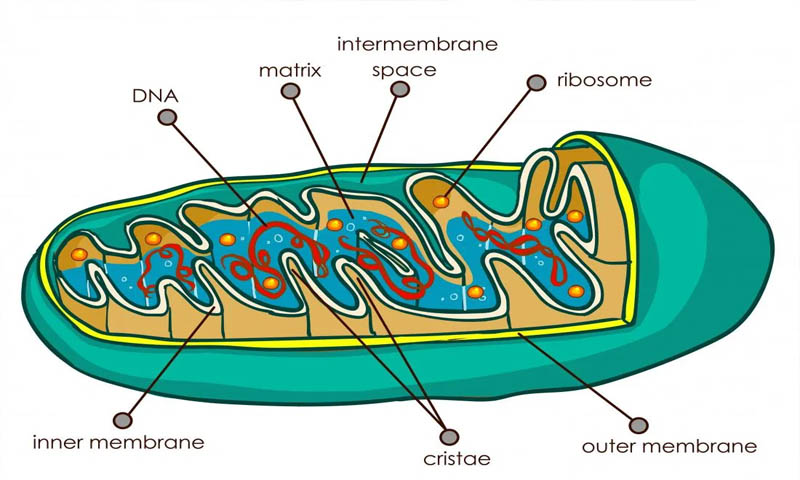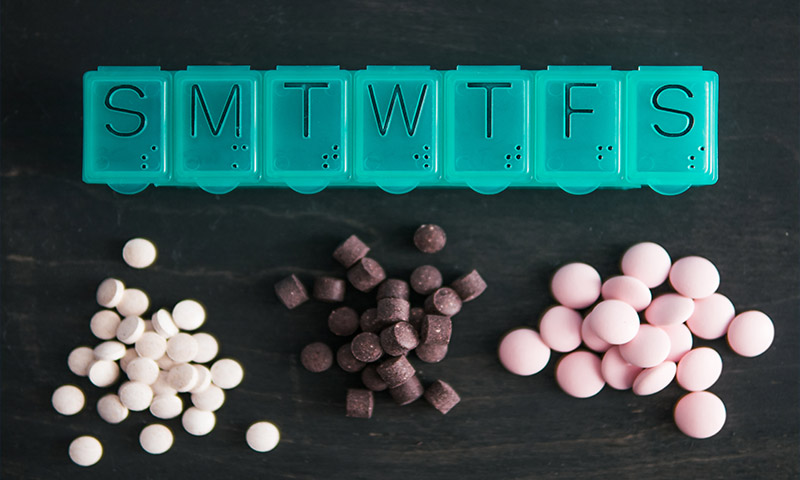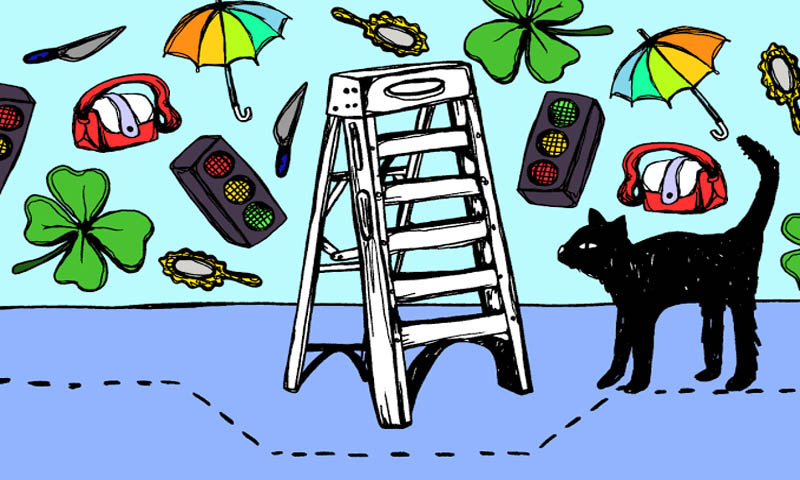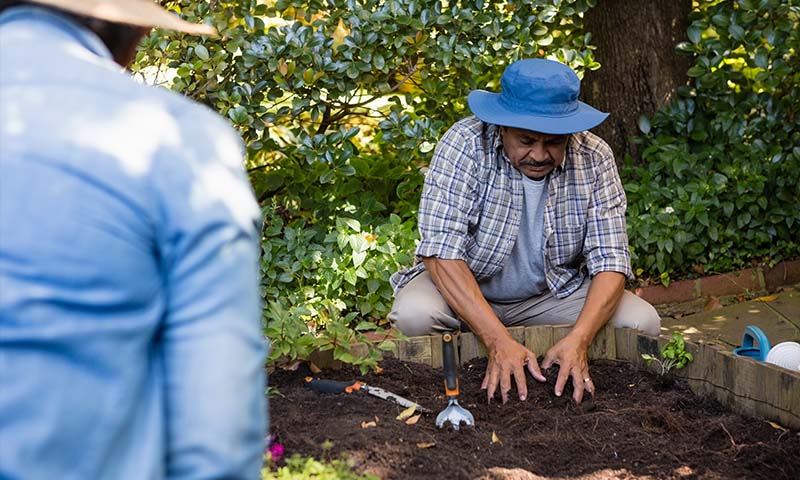Having two biological fathers seems unlikely, right? Since our young days, we have been taught that babies are made by combining a sperm and an egg. The DNA of both cells make a single one with half the DNA from the mother and half the father. How can a third party participate in this process? Currently, the studies are going round, and we have actually come close to doing it.
Toro Suzuki and his team at the University of Bath in the UK treated the female eggs in a set of solutions and found out the two-biological father babies in animals were possible by using sperm from one man and some kind of cell derived from another man. However, he says that doing this in humans might be a little less possible. However, we do have an example of two mothers and one father baby!

We will have to know about DNA to grasp the concept of a three-parent baby. Many people know of the double helix type DNA, with 23 pairs of chromosomes present in each of our body’s cells. This commands the entire process of creation of a whole organism and the proteins that propel our life from birth to death. DNA in the nucleus is not the only type of DNA needed to exist. It is also found inside the cells of your body, in small compartments called mitochondria.
Can you remember Mitochondria? Go back to the class of biology in middle or secondary school (8 to 10th standard probably). This is a bean-like organelle, often drawn with squiggly lines, that has named the cell’s powerhouse. Every cell in the body, including sperm and eggs, needs the energy to perform their entire task. Functional Mitochondrial DNA (mtDNA) cells are like fuel-less cars.
In comparison to nuclear DNA, the synthesis of male and female DNA does not produce mtDNA. Instead, mitochondria are inherited from only a mother, so the cells in your fertilized egg are the ones to be replicated during development and the rest of your life in each cell of your body. That’s a pregnancy fact that most people don’t know!

MtDNA can also have mutations like nuclear DNA, which can lead to extreme, weakening diseases and in some instances, infertility for a woman with defective mitochondria. This is where a third parent is entered.
In 2016, a healthy baby was born to a couple who struggled with a consequence of DNA mutations that led to the causing of a progressive neurometabolic disorder called Leigh syndrome. Babies with this syndrome usually die within a few years of birth. This baby was born through a technique where the unhealthy DNA was replaced with a donor DNA without the mutation. So technically, the baby was born with a biological father sperm, mother eggs, and a third female mitochondrial donor.
The question here is, how much is a woman, who donates her mitochondria, entitled to be called a mother? It’s important to understand that the child will look like the original biological father and mother who fuse their cells to form 28 pair of chromosomes. But technically, before announcing a three-parent baby, it is essential to understand the science behind it. We hope that science brings an answer for incurable genetic diseases, but, we will have to wait for sometime before seeing anything concrete.







